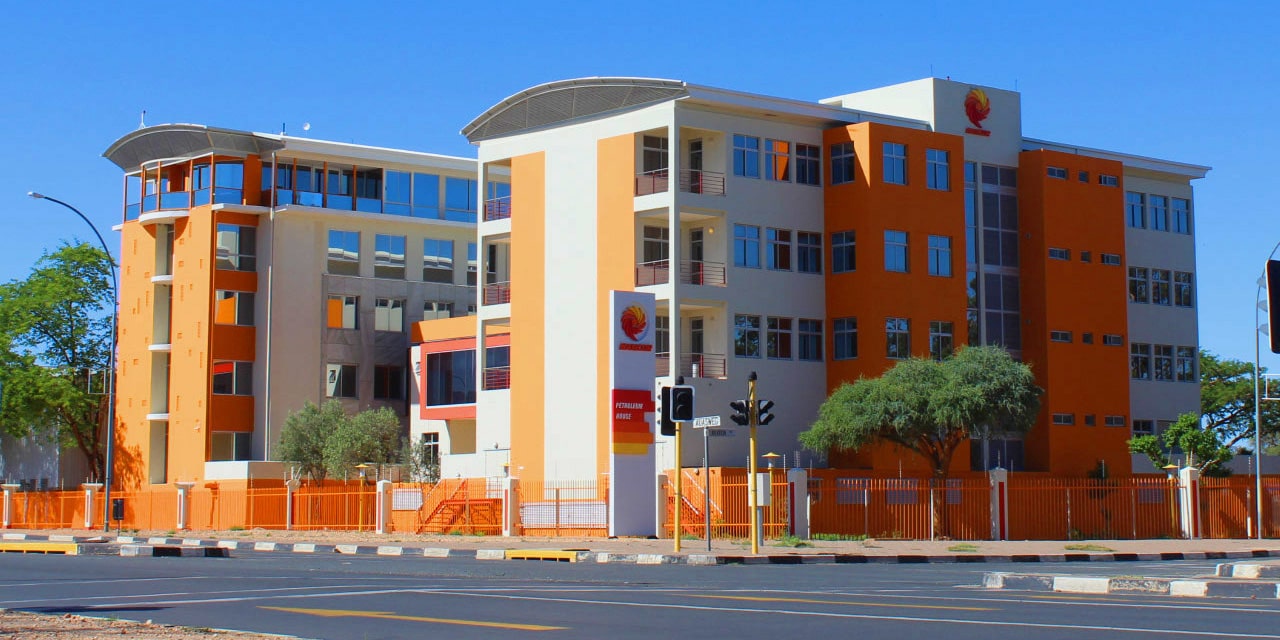Martin Endjala
As Namibia celebrates its 34th Independence, the Roads Authority (RA) in keeping with its mandate of building road networks for Namibia, is celebrating a journey that started in the year 2000.
The journey saw RA build a state-of-the-art national road network that is estimated to be worth N$129 billion.
Namibia’s national road network has grown by approximately 15 percent or 6,220 kilometres over 23 years.
Namibia’s road network currently stands at a total length of 49 202,9 kilometres, of which 8,037 kilometres is bitumen standard, 26,055 kilometres is gravel standard, 13,755 kilometres earth roads and 330 kilometres of salt roads.
“It has been a great journey, and we are happy to be contributing to Namibia’s socio-economic welfare. Roads improve the livelihoods of our people by providing access to markets through trade corridors as well as access to schools, clinics and other social service centres.
Roads bring various types and forms of development, and that is what we have been able to provide to the Namibian citizenry since our establishment,” said the RA’s Chief Executive Officer, Conrad Lutombi.
He said the RA’s success is attributed to an effective maintenance strategy on existing road infrastructure, which plays a pivotal role in prolonging the lifespan of roads. He added that constant upgrading contributes significantly to the quality of national roads.
The Roads Authority’s journey started in the year 2,000 after the Road Sector Reform established the entity through an Act of Parliament, No. 17 of 1999.
The RA’s mandate is to manage Namibia’s national roads to achieve a safe and efficient road network.
The management of the proclaimed road network includes planning, designing, constructing and maintaining all national roads.
It also involves quality control of materials and supervision of work contracted out, the operation of the Road Management System, prevention of excessive road damage, and other functions assigned by the Minister of Works and Transport.
Some of the more significant projects that the RA has completed are the upgrading to bitumen standard of the Rundu-Elundu road which connects the Kavango West and Ohangwena regions, the rehabilitation of the road between Okahandja and Karibib road which links the Otjozondjupa and Erongo regions.
The upgrading to bitumen standard of the road between Gobabis and Grootfontein road linked the Omaheke and Otjozondjupa regions, the upgrading to bitumen standard of the road between Tsumeb-Tsintsabis-Katwitwi connected the Oshikoto and Kavango West Regions and the upgrading to bitumen standard of the Omafo-Ongenga-Outapi road linked the Omusati and Ohangwena regions.
These projects have contributed significantly to regional integration.
In its quest to improve service delivery concerning NaTIS services, the RA introduced online license renewal services in 2022.
This convenient service enabled vehicle owners to renew their vehicle licenses online and have them delivered to their doorsteps via courier.
In the meantime, the RA has opened seven new NaTIS offices in Henties Bay, Omuthiya, Divundu, Bukalo, Okongo, Helao Nafidi and Tsumkwe.
The RA recently introduced Learner License Testing and Driver’s License renewals at eight existing Registering Authorities, namely, Bethanie, Maltahöhe, Aranos, Otavi, Okakarara, Khorixas, Omaruru and Usakos.
Lutombi added that the RA is on the right track in its mission to manage a safe and efficient national road network that supports economic growth as stipulated in the Harambee Prosperity Plan and the various National Development Plans.




